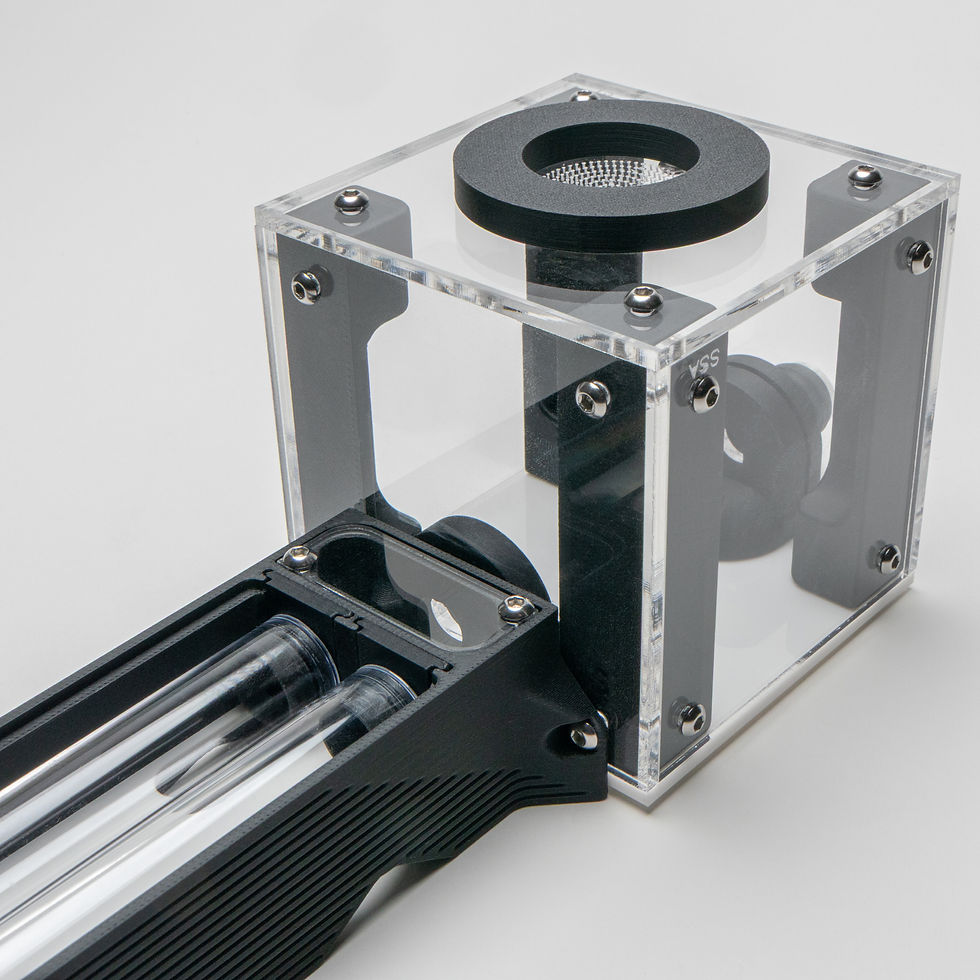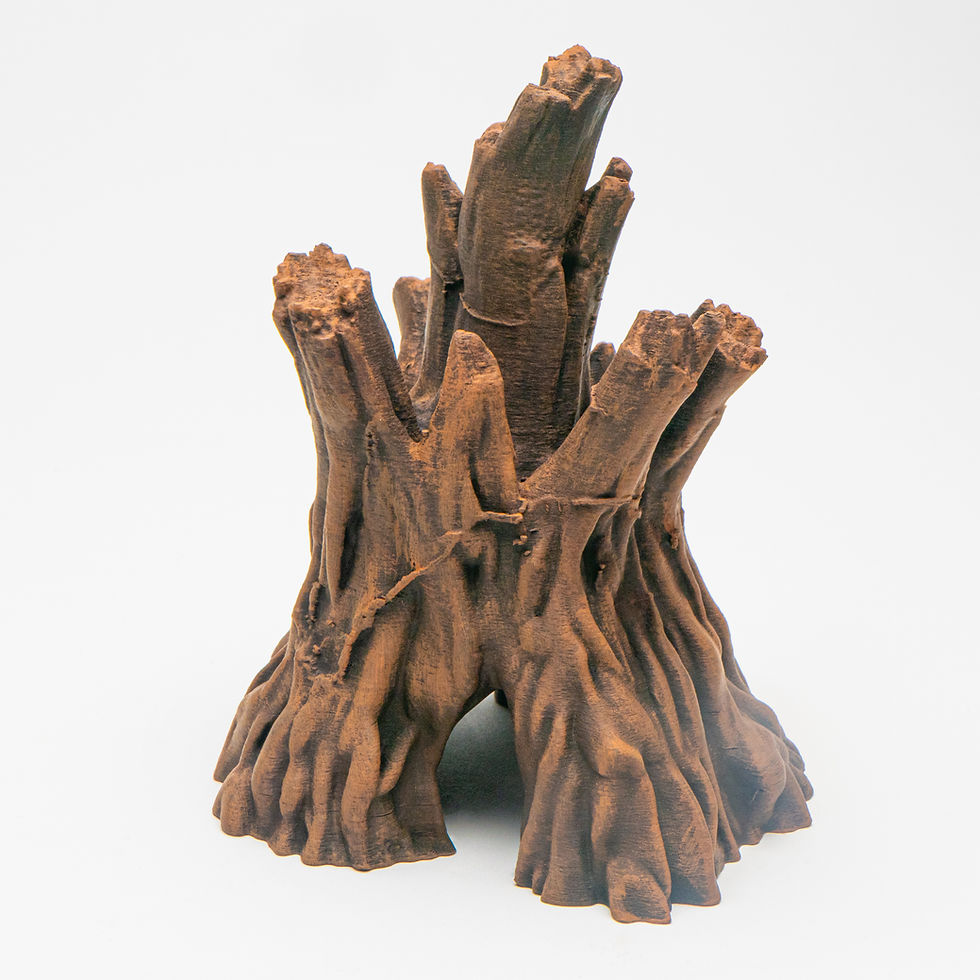Myrmecocystus mimicus is a captivating ant species known for its fascinating behaviors and unique characteristics. These ants are part of the Myrmecocystus genus, commonly referred to as "honeypot ants" due to their unique ability to store food in the bodies of specialized workers called repletes.
Myrmecocystus mimicus
Colony Structure and Reproduction: Myrmecocystus mimicus colonies typically have a single queen (monogynous). The queen's primary role is to lay eggs, while the workers maintain the nest, forage for food, and care for the brood. Repletes, a specialized caste within the colony, store nectar and other liquids in their distended abdomens, providing a food reservoir for the colony during scarce times.
Size and Appearance: Queens of Myrmecocystus mimicus measure around 12-15mm, while workers are smaller, typically ranging from 5-8mm. The repletes, due to their unique role, have significantly enlarged abdomens that can become quite swollen when full. These ants are generally light brown to yellowish in color, with a smooth, shiny exoskeleton.
Feeding Behavior: Myrmecocystus mimicus ants primarily feed on nectar, honeydew, and other sugary substances. They also consume small insects and other sources of protein. The repletes play a crucial role in the colony's survival, as they store excess food during times of plenty to sustain the colony during food shortages.
Activity and Habitat: These ants are primarily found in arid and semi-arid regions. They are diurnal foragers, meaning they are most active during the day. Myrmecocystus mimicus ants prefer nesting in soil, often constructing elaborate underground nests with multiple chambers and tunnels.
Temperature and Humidity: Myrmecocystus mimicus ants thrive in warm environments. The ideal temperature range for their habitat is between 24-30°C, with humidity levels kept relatively low. Proper ventilation in their nesting area is crucial to prevent mold and maintain a healthy colony.




































